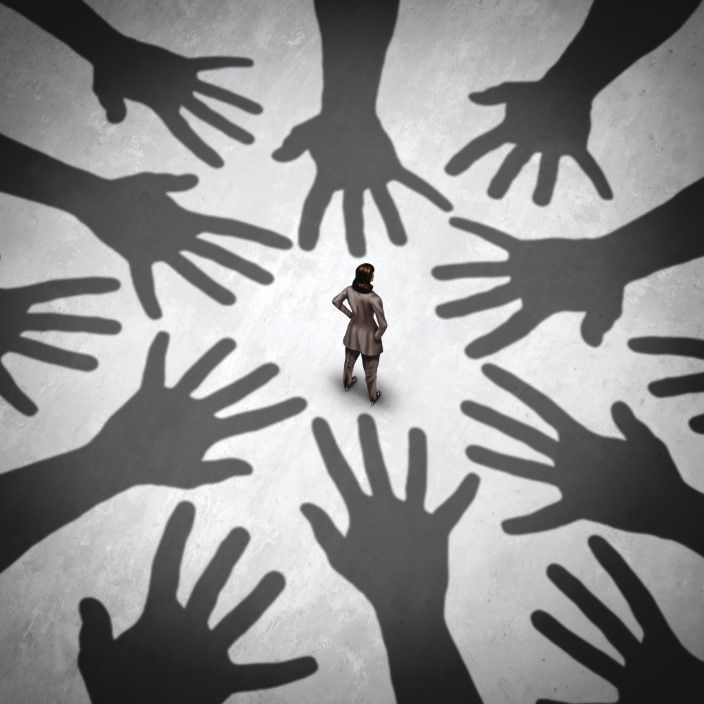
Learn what to do when confronted by aggression or violence in the workplace. IEU Organiser Lisa James contributed to an article published by Community Early Learning Australia (CELA) on 19 August on this topic. We publish extracts below with CELA’s permission.
In the article, James said the IEU regularly receives calls about workplace aggression directed at educators from families and children which have included parents verbally abusing staff and making threats to their personal safety.
Aggression is often triggered by circumstances that have led the person to feel threatened or frustrated.
The following signs may indicate that a parent or other individual could become aggressive:
• restless, agitated, pacing, hostile facial expressions with sustained eye contact
• appears angry, irritable, tense, stressed or is having difficulty controlling their emotions.
In these instances, we must understand that neurologically, the person we’re encountering is not using the rational, problem-solving part of their brain, so trying to rationalise with the person to de-escalate the behaviour may not be possible, and harm may occur before the threat can be defused.
What constitutes workplace violence or aggression?
Workplace violence and aggression covers a broad range of actions and behaviours that create a risk to health and safety, for example:
• physical assault such as biting, scratching, hitting, kicking, pushing, grabbing, throwing objects
• intentionally coughing or spitting on someone
• sexual assault or any other form of indecent physical contact
• harassment or aggressive behaviour that creates a fear of violence, such as stalking, sexual harassment, verbal threats and abuse, yelling and swearing
• hazing or initiation practices for new or young workers
• violence from a family or domestic relationship when this occurs at the workplace, including if the person’s workplace is their home. (Source: Safe Work Australia)
Ensuring a safe working environment is the law
How your team should react in these situations needs to be addressed in your policies. All team members need to know their rights and who they can call on should someone behave abusively or aggressively towards them.
The model Work Health and Safety (WHS) laws require the Approved Provider of a service to: "Take care of the health, safety and welfare of your workers, including yourself and other staff, contractors and volunteers, and others (clients, customers, visitors) at your workplace." (Source: Safe Work Australia)
In education and care services, the employer is often referred to as the Approved Provider. Just as an employer would assess other risks in the workplace, they must also assess risks to the health and safety of employees relating to violence and aggression.
Approved Providers should use risk assessments to determine the level of risk relating to workplace violence and aggression — this will enable control measures to be implemented to ensure the health and safety of educators. These systems, processes, and procedures can minimise the frequency of workplace aggression and violence and can also enable educators and other employees to manage incidents as they arise and know what needs to be done afterward.
The full article can be found at: cela.org.au/publications/amplify!-blog/august/what-to-do-when-workplace-violence
Community Early Learning Australia is the peak body for Australia’s early childhood education sector, advocating quality education and care for all Australian children. It is a member-based organisation supporting early education professionals through resources, consultancy, training and events.


































































































































